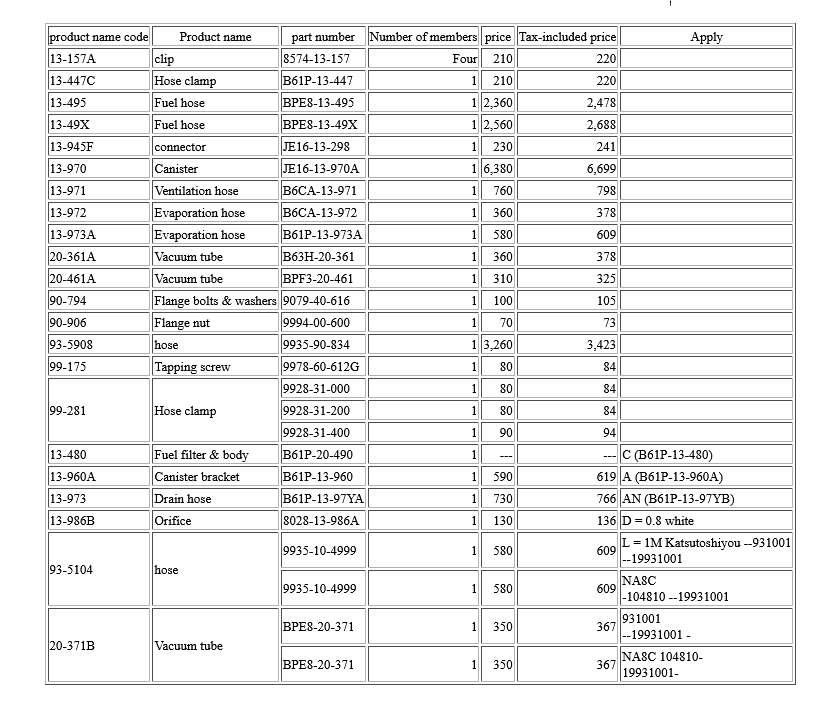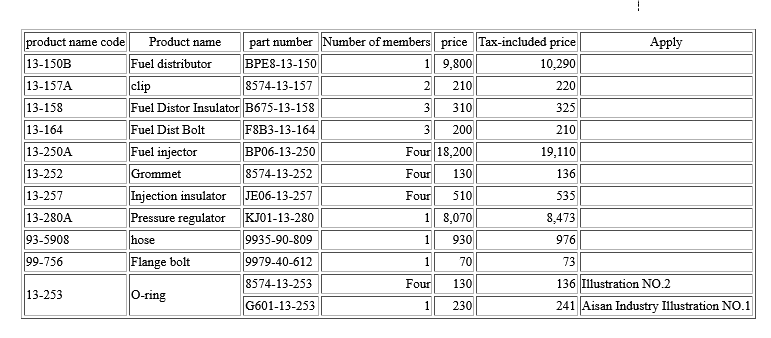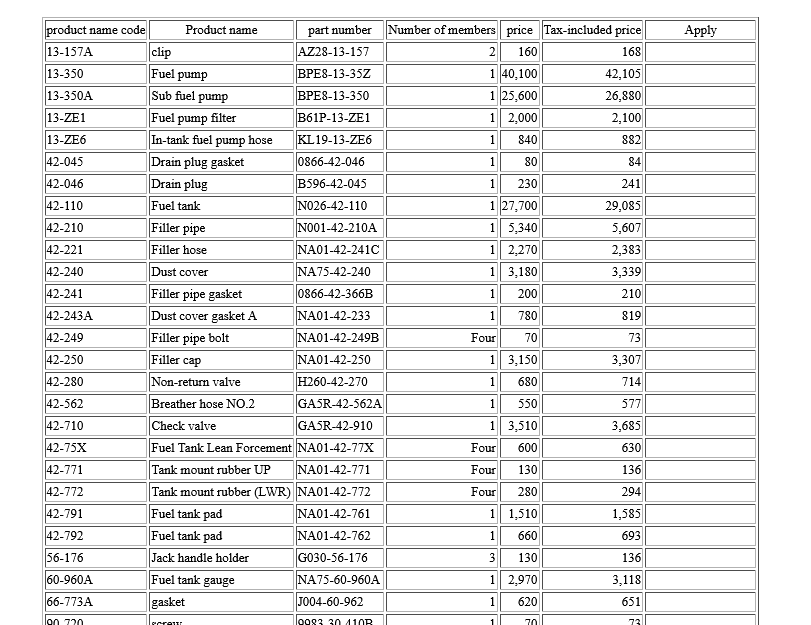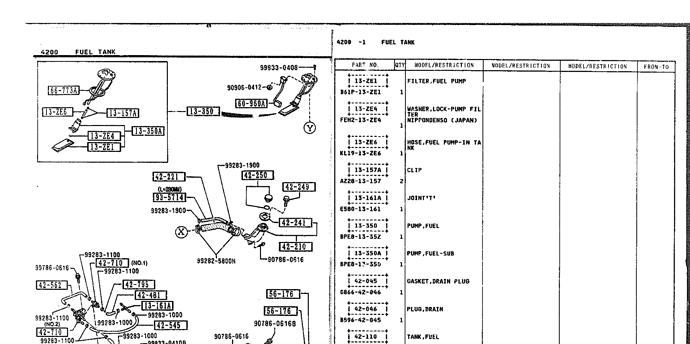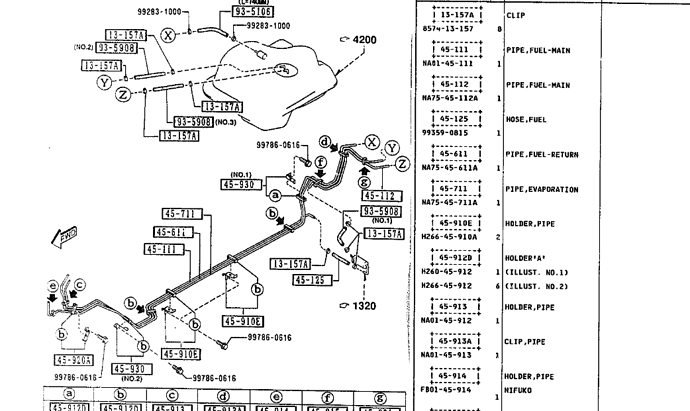To clarify, while Mazda are saying E10 is ok for post 2002 Mazdas, this is NOT the case fr the MX5, where they are only certifying cars with the MZR engine, ie. the Mk3/NC model.
Yes, Mazda might not be very cooperative because they have no interest in owners of older vehicles, and even less interest in owners of Eunos Roadsters (going back to the days with Mazda UK’s predecessor, MCL< wanted a complete ban on new membershops by grey import owners).
However, Mazda Japan, to much publicity, launched a “TIV approved” NA restoration service, and has remanufactured some deleted MK1 parts. Given the putiful number of cars restored in 2-3 years (a dozen maybe), I suspect they are losing money hand over fist, and its in fact a PR activity.
I asked Mazda UK
I am writing to get some confirmation on the compatibility of some older MX5s with E10 petrol.
According to Mazda UK, and the UK government website, only NC and ND MX5s are “cleared” for use with E10 petrol:
What is E10 petrol? | Mazda UK
GOV.UK E10 Enquiry
However, according to my research, this contradicts information Mazda has been providing to owners in the United States, since at least 1994.
According to the 1994 Miata Owners Manual, in the section entitled “Protecting your Mazda”:
“Vehicle damage and drivability problems resulting from the following may not be covered by the manufacturer’s warranty:
- Gasohol with more than 10% ethanol
- Gasoline or gasohol with methanol
- Leaded fuel or leaded Gasoline”
The owners manual for the 2000, 2001 and 2002 US market Miatas make similar reference to Gasohol
https://www.mazdausa.com/siteassets/pdf/owners-optimized/2002/mx5-miata/2002-mx-5-miata-owners-manual.pdf
https://www.mazdausa.com/siteassets/pdf/owners-optimized/2001/mx5-miata/2001-mx-5-miata-owners-manual.pdf
https://www.mazdausa.com/siteassets/pdf/owners-optimized/2000/mx5-miata/2000-mx-5-miata-owners-manual.pdf
I understand that in 2008, Mazda in Japan made further technical investigations into the compatibility of E10 fuel with older Mazda models.
Could you please furnish me with answers to the following questions:
- Is the information provided in US market Miata Owners Manual accurate with respect to the use of “Gasohol” (fuel with 10% Ethanol)
- Does this information apply to vehicles sold in Europe and Japan during the period 1994 to 2002?
- If this information does not apply to vehicles sold in non-US markets, what are the major differences in the vehicles to cause this?
- Can Mazda UK please provide the results of the technical assessment carried out in 2008 (or thereabouts) to the MX5 enthusiast community?
And in my most recent email (reply awaiting), I literally asked why UK Mk1 MX5s can’t use E10 fuel, but US Mk1 Miatas can.
Franky, I think Mazda UK is little more than a markting outfit (someone from Mazda UK is free to correct this view), and they don’t have a great deal of technical knowledge about legac models.
Mazda UK told me that the entry shown on the DfT’s E10 tracker came from Mazda Japan, verbatum, Even Mazda UK got it mixed up what it meant (by inutially saying 2002+ MX5s were ok, before quickly correcting to NC models).
Ethanol in fuel has been in use in the US since 1978 and at least from 1994, Mazda was including information in Miata handbooks on the use of “gasahol” (10% ethanol fuel).
When Mazda changes a part that is backward compatible, the part number stays the same, but a single letter suffix is added.
At the moment, I am comparing a Japanese parts number source, which is easy to extract into a preadsheet, against a poorly scanned US microfishe.
But I could use this instead:
But if I can do this (draw up a list of part numbers), why can’t Mazda UK (besides nthing in it or them). This smacks of what I heard from a Mazda dealer parts manager, that in the early days of Roadsters coming here, they would fax Mazda UK the question “does this fit”, who would in turn, fax in English the request to Japan, and then, 2 months later, you’ll get an answer.


